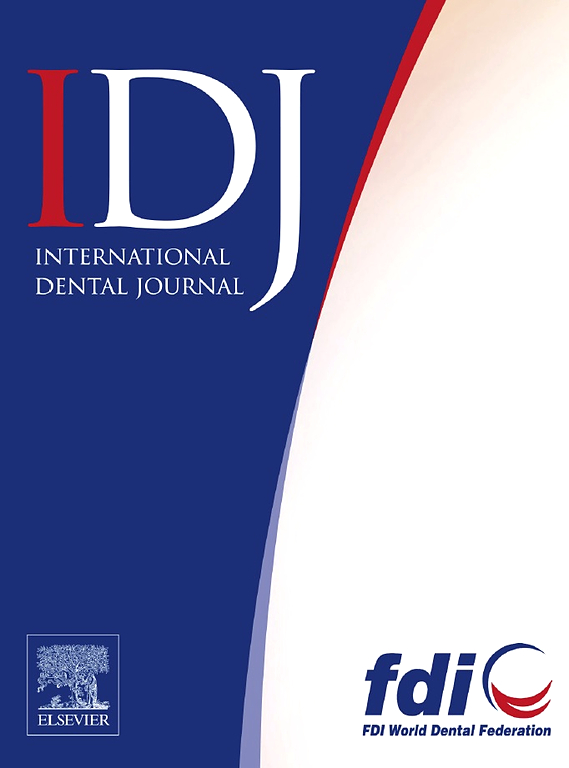KLF2 Promotes Osteogenic Differentiation of Human Periodontal Ligament Stem Cells by Regulating Nrf2 Expression
IF 3.2
3区 医学
Q1 DENTISTRY, ORAL SURGERY & MEDICINE
引用次数: 0
Abstract
Objective
Periodontal ligament stem cells (PDLSCs) are emerging as a promising source for periodontal regeneration and to manage periodontitis. This study aims to investigate the roles of Krüppel-like factor 2 (KLF2) and nuclear factor erythroid 2-related factor (Nrf2) in mediating osteogenic differentiation of human PDLSCs (hPDLSCs) in the context of lipopolysaccharide (LPS) stimulation.
Methods
The osteogenic differentiation potential of hPDLSCs isolated from human premolar root samples were examined by alkaline phosphatase (ALP) staining and ALP activity assay, Alizarin red S staining and quantitative analysis of mineralised matrix. Intracellular reactive oxygen species (ROS) production and glutathione (GSH) concentration were assessed to reflect oxidative stress.
Results
KLF2 overexpression influenced Nrf2-regulated transcription, leading to significant increases in GSH concentration, ALP activity, mineralised matrix formation, and RUNX2 expression in LPS-stimulated hPDLSCs, as well as significant reductions in ROS production and cell apoptosis. The subsequent Nrf2 knockdown impaired the protective effect of KLF2 on hPDLSCs against LPS stimulation.
Conclusion
The findings of the study demonstrate KLF2 overexpression has the ability to promote the osteogenic differentiation of hPDLSCs by promoting Nrf2 activation, suggesting that KLF2 mediating Nrf2 could be a promising target to facilitate the efficacy of PDLSC-based bone regeneration in periodontitis.
求助全文
约1分钟内获得全文
求助全文
来源期刊

International dental journal
医学-牙科与口腔外科
CiteScore
4.80
自引率
6.10%
发文量
159
审稿时长
63 days
期刊介绍:
The International Dental Journal features peer-reviewed, scientific articles relevant to international oral health issues, as well as practical, informative articles aimed at clinicians.
 求助内容:
求助内容: 应助结果提醒方式:
应助结果提醒方式:


